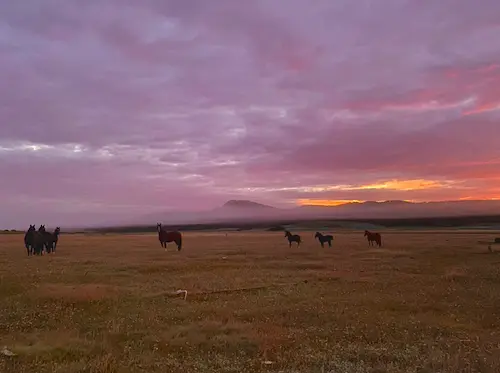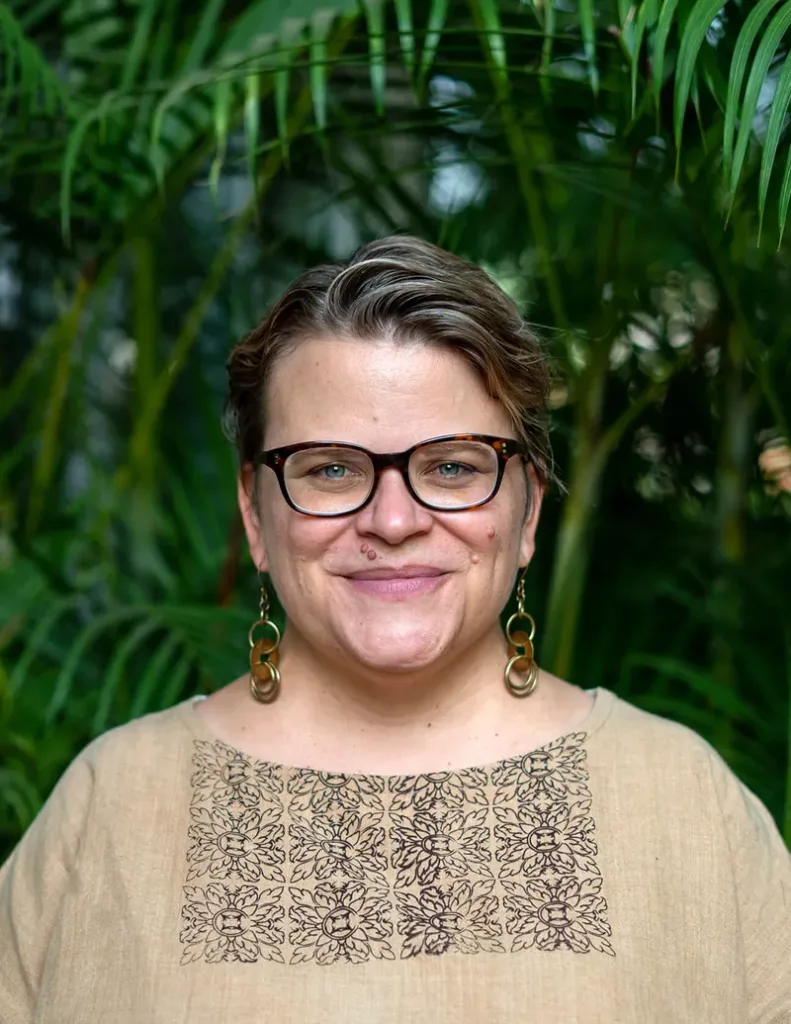
By: Lisa Arensen, PhD
One Mangrove, One Life
Swimming in the South China Sea, getting down in the mud to plant some mangroves, attempting to catch shrimp and lying on a dock staring up at the stars: these were all highlights of an incredible visit to a community fishery on the south coast of Cambodia in Kampot province.
We arrived at the Khum Trapeang community mangrove restoration project as the sun descended through the sky, a perfect sphere shining a rosy, golden pink, reflected in the sea below. Coupled with the cozy thatch-roofed bungalows in a row along the water, I don’t think any place that we’ve traveled thus far on this crazy, exciting journey we call ‘The Big Trip’ through Cambodia, has felt as warm or welcoming.
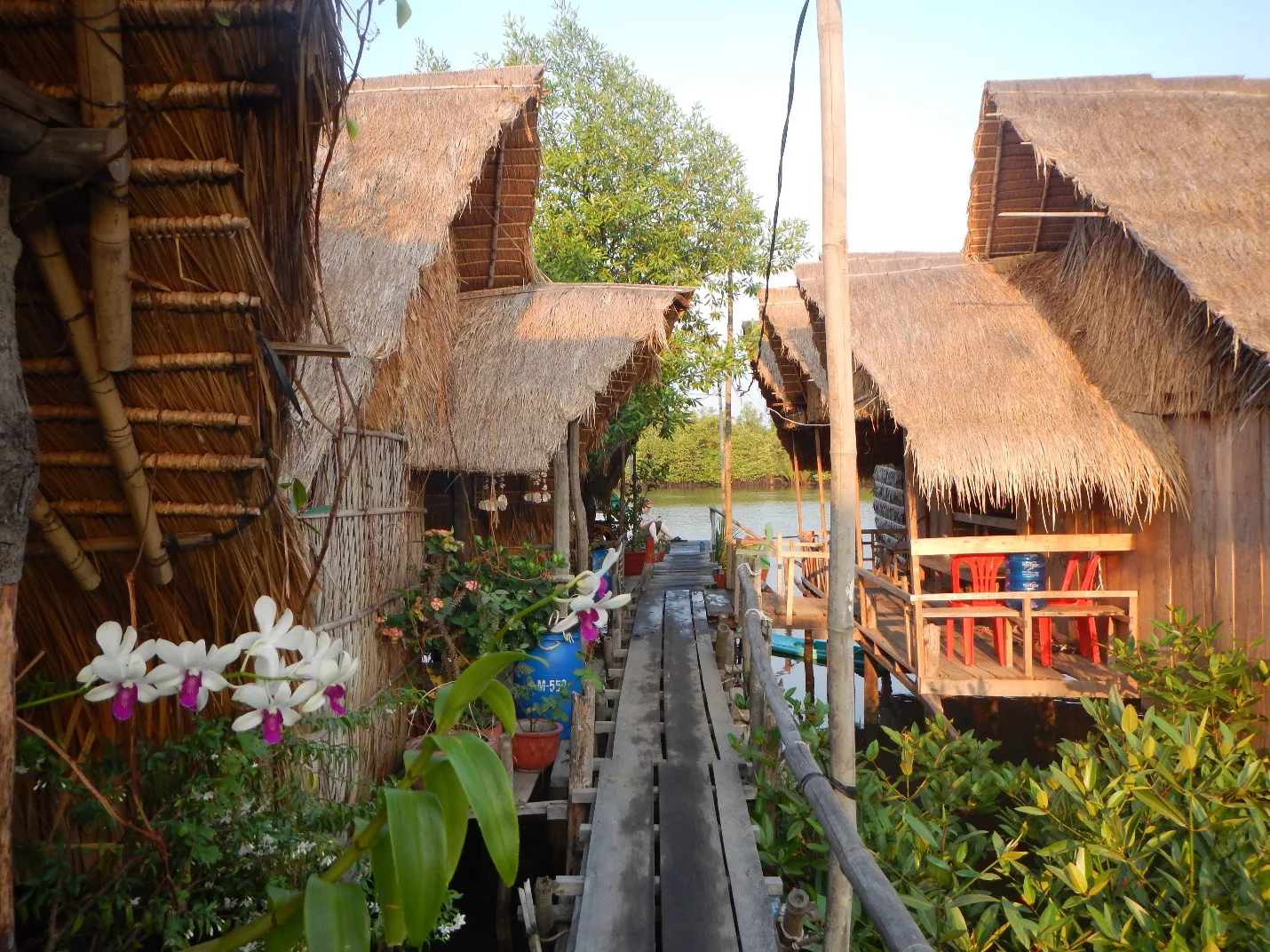

The next morning, we loaded into boats after an early breakfast (a fairly typical sequence of events on the Cambodia program) and headed off to plant mangroves in the mangrove restoration site. We hopped out of our boats, baby mangrove plants in hands, and waded our way through the mucky-bottomed sea towards the stakes set up for the mangroves. To plant them, we dug a hole in the mud with our heels (or our hands if you wanted to really get down in the mud like I did), place the base of our mangrove plant in it, and loosely tie the mangrove to its stake to protect it from storms.
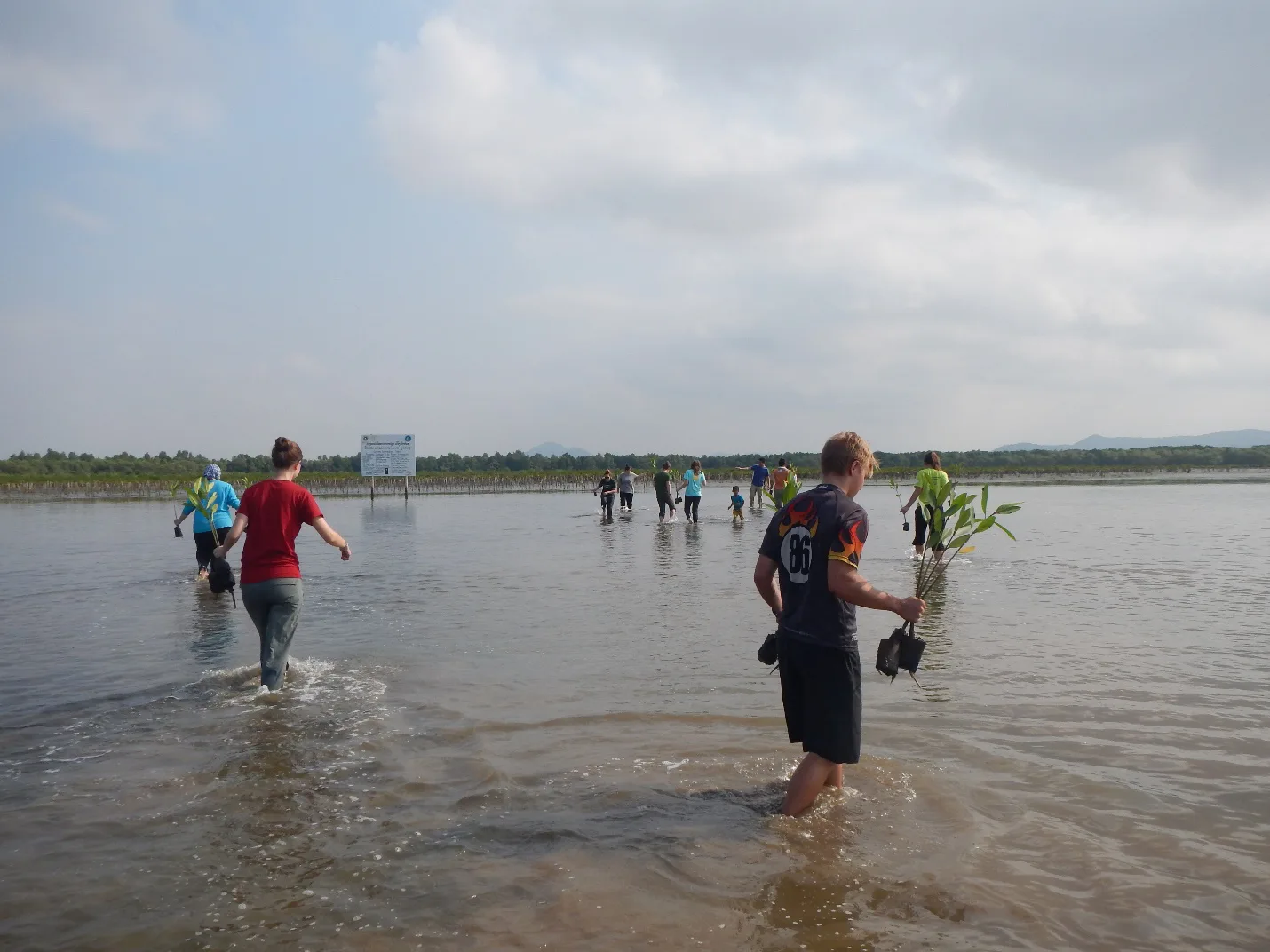

When we finished planting mangroves, we were able to visit an old-growth mangrove forest next to the restoration site. While some of our group lounged on wooden platforms surrounded by the mature mangroves, the rest of us quickly jumped in the water and swam in the South China Sea—a place where I had honestly never pictured myself, yet I was overjoyed to be there. On the opposite side of the channel, we joined a local woman who was shrimping. Our professors had informed us that last year a group of students were taught the art of shrimping by a group of locals, and encouraged us to try our hands at it as well. It’s definitely a strange feeling to kneel in the water and trace the sandy floor with your palm, blindly feeling for a spiky sensation from a tiny creature. After many tries, however, I was finally able to overcome the reflex to jolt my hand away and was able to catch a few tiny shrimp, which we then released back into the water.
Later that day (after a quick shower), we also had the opportunity to interview the head of the mangrove restoration project to learn about their community-based approach to natural resource management. The main goals of the community fishery and their mangrove restoration and ecotourism initiatives are to conserve the natural resources of the fishery in order to bring livelihood benefits to the fishers in the community. They achieve these goals by periodically patrolling the community fishery for illegal fishing activity, providing direct income for members of the community through jobs related to the ecotourism project, and replanting mangroves to aid the recovery of the mangrove habitats that are crucial breeding grounds for the fish. Since they became active in 2009, they have been able to increase environmental education and the fish stocks within their community so that people can support themselves better and not be forced to leave their community to look for work elsewhere. In addition to these successes the community fishery does face substantial challenges, but it was very inspiring to see this example of a conservation approach that empowers the local community to manage their own natural resources and sustain those resources for future generations.
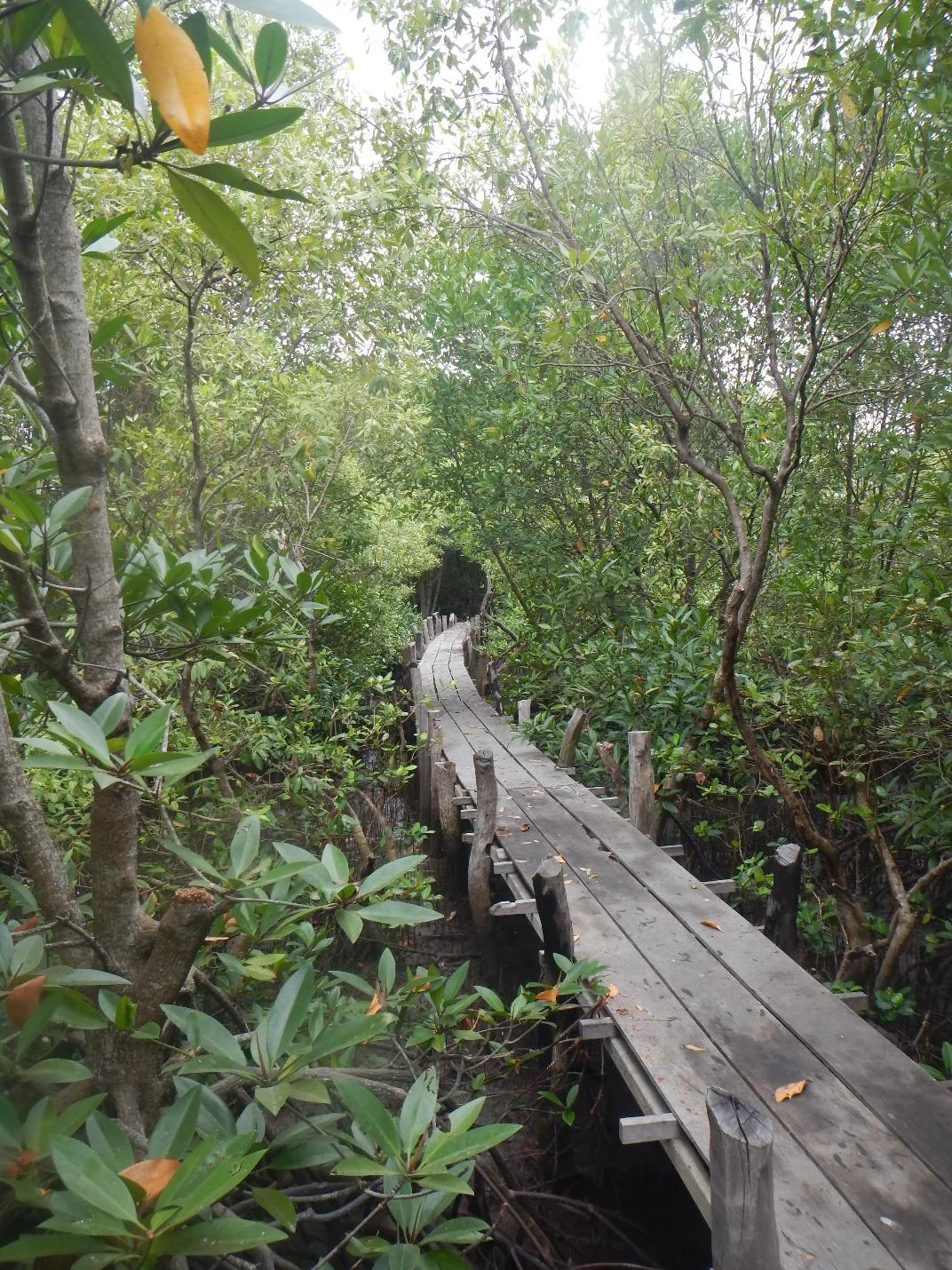
While we have studied many different examples of ecotourism during our time in Cambodia, this experience was definitely unique because of the intimacy of our stay in the bungalows, the depth of understanding we were able to gain about the project, and the ability to participate in their conservation by helping plant mangroves in the restoration site. Our studies in Cambodia have promoted thoughtful discussions about the ethics of tourism development and the role of foreigners in environmental advocacy in developing nations, and it has become clear that such issues are complex, multidimensional, and always involve trade-offs of helping and harming. We have all grown to be more conscious of the impacts of our actions and choices, especially in cultural contexts that differ from our own. When studying environmental issues of large scales with severe impacts on human and ecosystem health and well-being, it is often easy to become overwhelmed and pessimistic, to believe that the problems are too vast for us to solve and that our individual actions will not make a difference. Yet, I believe there is always reason to hope that through collaboration, ingenuity, leadership, and dedication, we will find solutions to the environmental problems that threaten people and the planet.
The act of each of us planting a mangrove may seem small, and we need not be naive enough to believe that one small gesture can suddenly fix problems of a global scale, yet we can still recognize the truth that large scale changes are built only from the cumulative and collective actions of individuals. For this reason, our experience participating in the community mangrove restoration was incredibly meaningful and special to me because we were able to make a small but significant contribution to the environment and community that we learned so much about. One mangrove, one life—we can all do our part to make a positive impact in our communities and our world, and I am so excited to see the many diverse ways that my peers, who I have had the opportunity to learn about and grow to respect, will change the world for the better very soon in the future.

Related Posts
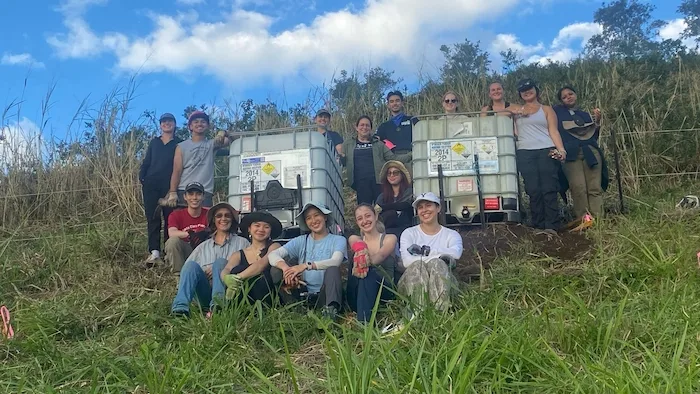
Restoration on a Cinder Cone: A Syntropic Story

